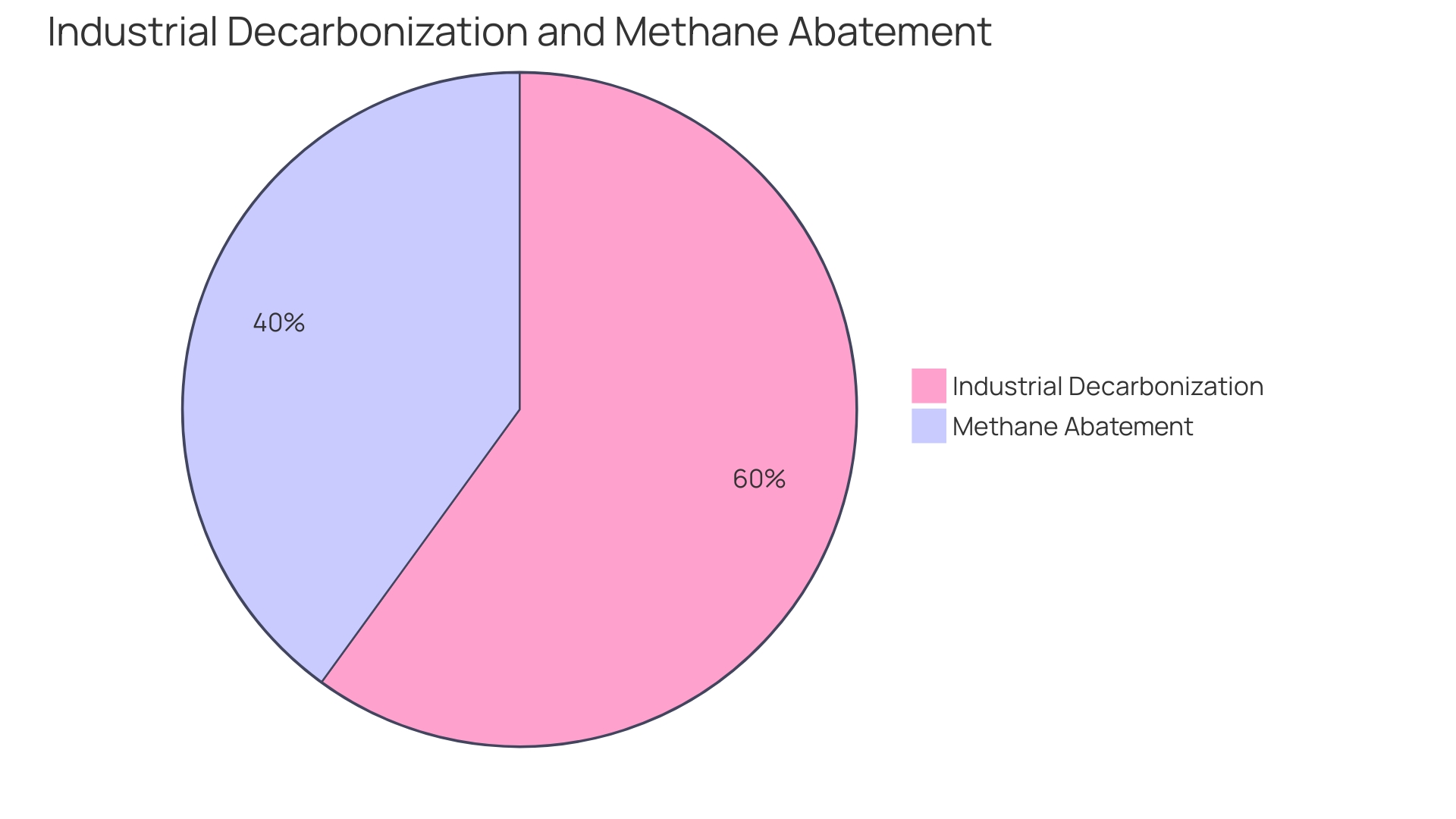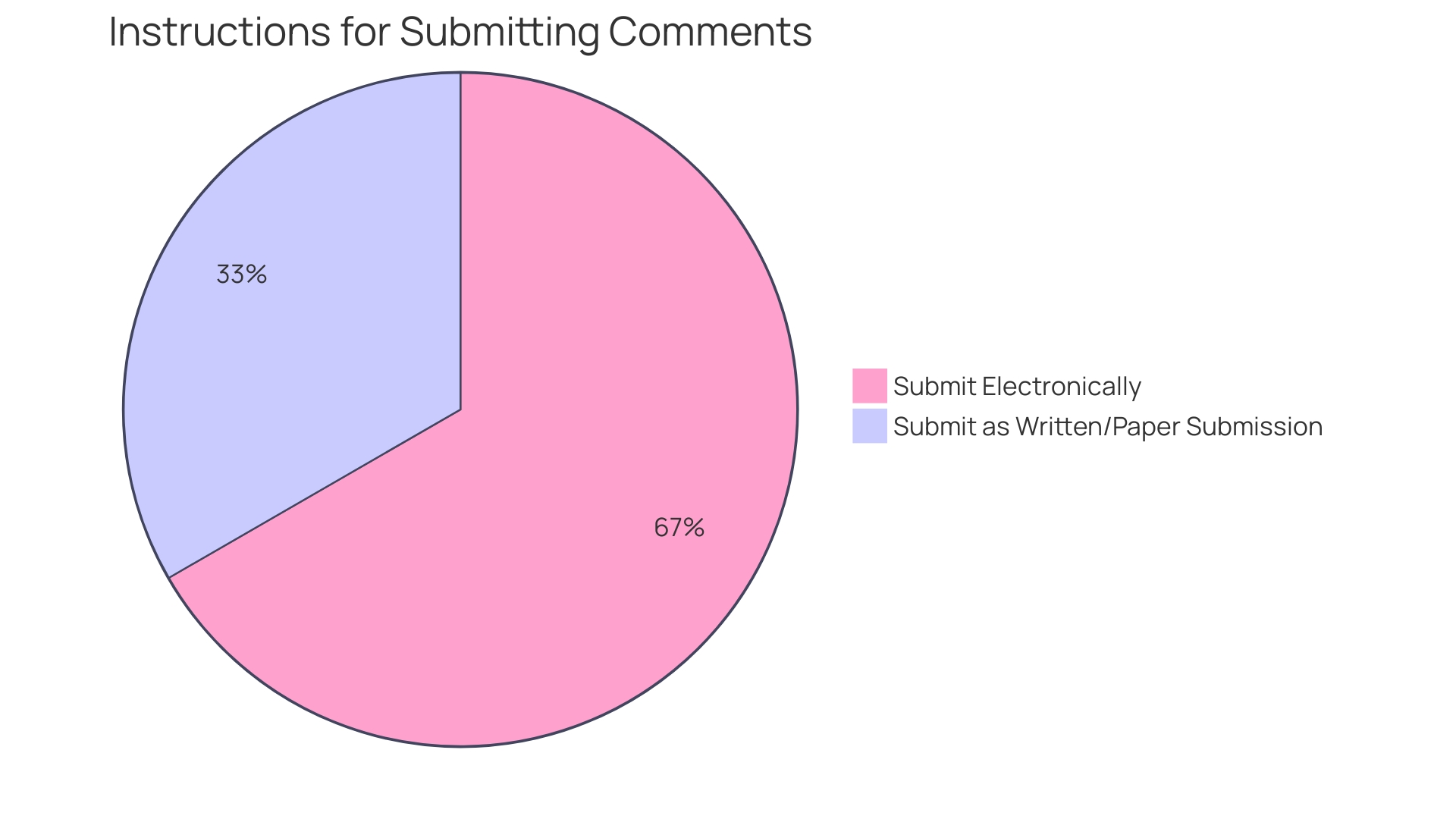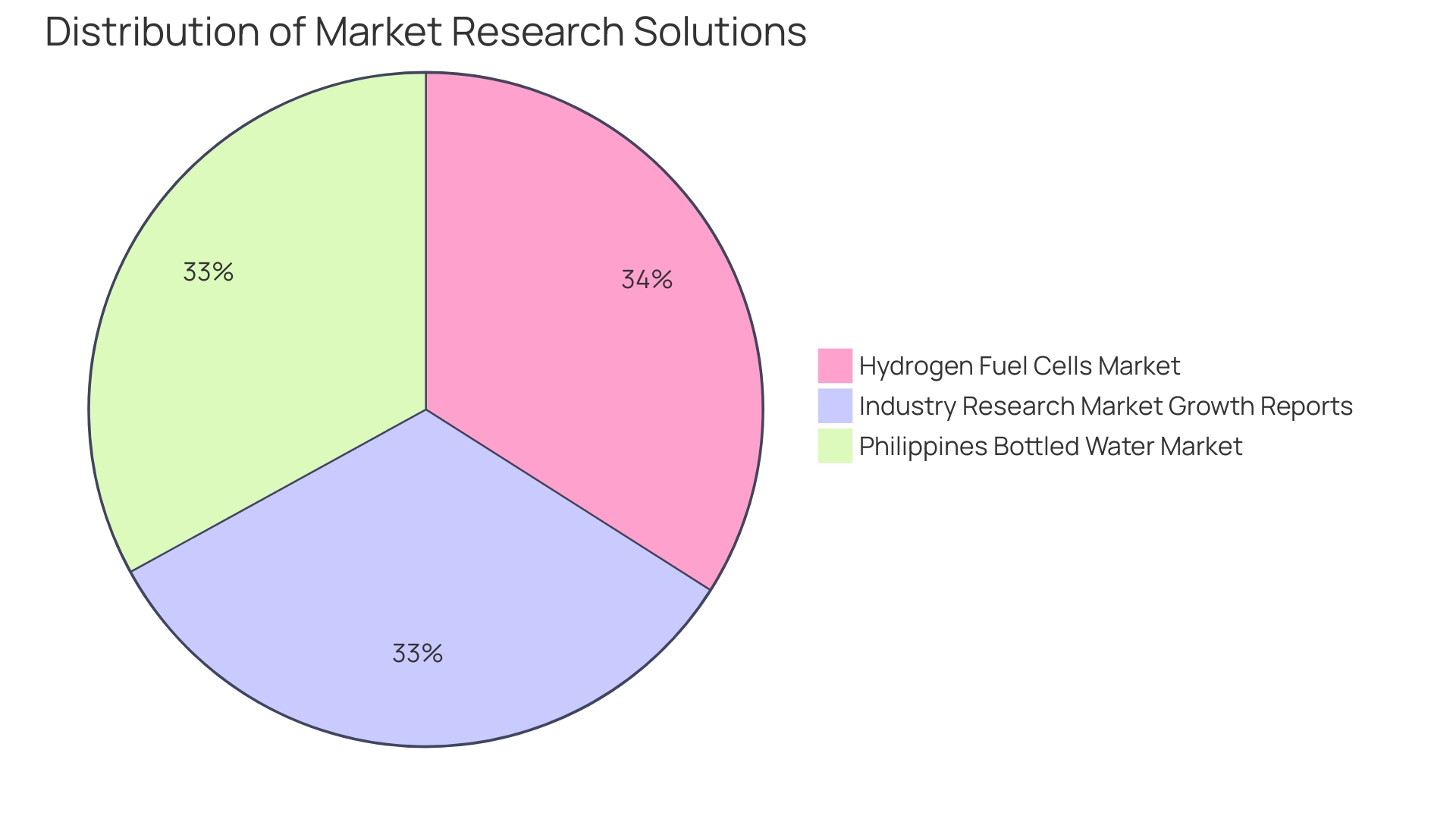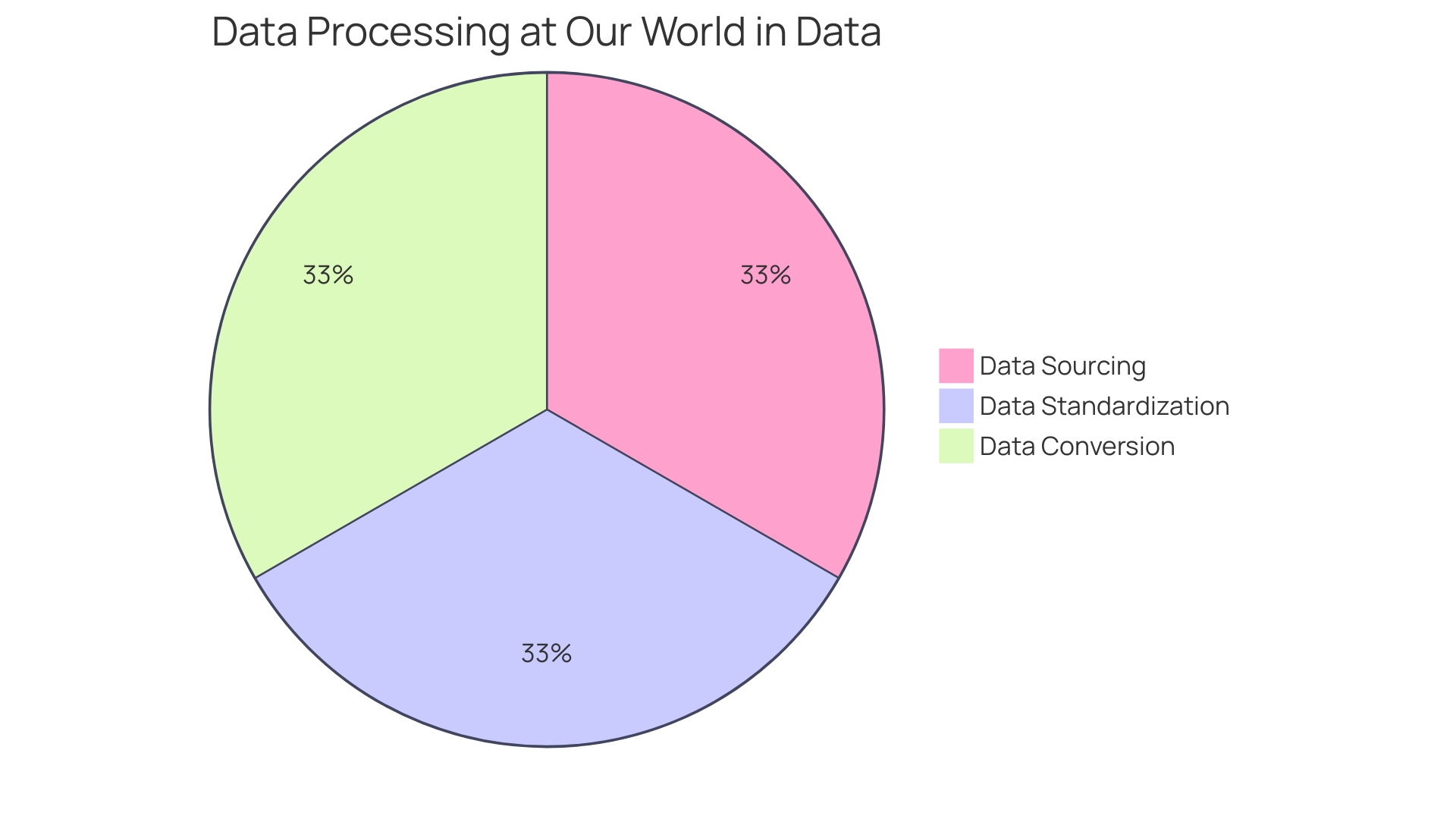Introduction
Methanol, a versatile chemical compound with applications in various industries, has traditionally been produced from fossil fuels, contributing to a significant carbon footprint. However, the global push for sustainability has led to the emergence of green methanol, produced from renewable energy sources. This transition not only supports a greener chemistry paradigm but also addresses the urgent need to mitigate climate change impacts.
Innovative projects, such as Fertiberia and Heineken Spain's collaboration, showcase the potential of green methanol in reducing emissions and aligning with sustainability goals. The maritime industry is also embracing green methanol, as exemplified by the world's first methanol-powered container ship by Maersk, aiming to achieve net-zero greenhouse gas emissions by 2040. Despite challenges such as flammability and lower energy density, the momentum for green methanol production is growing, driven by advancements in technology and chemistry.
Scaling up to meet the anticipated demand poses a challenge, but with focused efforts on technological advancements and renewable energy integration, green methanol stands as a promising contender in the quest for sustainable fuel sources.
Traditional Methanol Production vs. Green Methanol
Methanol, traditionally sourced from fossil fuels such as natural gas and coal, is integral to a variety of industries, serving as a precursor for other chemicals like formaldehyde and acetic acid, and as a fuel for engines. However, its production carries a significant carbon footprint. To align with global sustainability goals, the transition to green methanol is underway, leveraging renewable energy sources.
This shift not only supports a greener chemistry paradigm but also addresses the urgent need to mitigate climate change impacts.
Innovations in green methanol production are already making waves. Fertiberia and Heineken Spain's collaborative project exemplifies this transition, where green hydrogen replaces natural gas in producing Impact Zero low-carbon fertilizers, significantly reducing emissions associated with malting barley cultivation. This initiative, recognized by the Institut Cerdá, aligns with Heineken's ambition to slash CO2e emissions by 30% within its value chain by 2040, ultimately striving for net-zero emissions.
The maritime industry is also steering toward sustainability, as illustrated by the Laura Maersk, the world's first methanol-powered container ship, setting a precedent for green shipping. Maersk's commitment to net-zero greenhouse gas emissions by 2040 underscores the pivotal role of green methanol in reducing the sector's environmental impact, which currently accounts for 3% of global emissions.
Despite methanol's flammability, toxicity, and lower energy density compared to oil—requiring 2.5 times more volume for the same energy content—the push for green methanol production is gaining momentum. Companies like ABEL Energy in Australia and industry titan Johnson Matthey exemplify the growing expertise in synthesizing fuel from green hydrogen for methanol production, emphasizing the role of advanced technology and chemistry in achieving a more sustainable future.
Given that green methanol production is more expensive than its fossil-based counterpart, scaling up to meet the anticipated demand—potentially tripling to 300 million tons annually by 2050—poses a formidable challenge. However, with focused efforts on technological advancements and renewable energy integration, green methanol stands as a promising contender in the quest for sustainable fuel sources.

Production Process of Green Methanol
Green methanol synthesis harnesses renewable feedstocks, such as biomass and carbon dioxide, transforming them via chemical reactions into methanol using energy from sustainable sources like solar and wind. This method stands as a beacon of innovation in reducing greenhouse emissions and mitigating environmental impacts. ABEL Energy's pursuit in Australia to produce green methanol by integrating green hydrogen exemplifies the dedication to sustainable fuel production.
Supported by advanced technology and industry expertise, ABEL Energy's membership in multiple environmental and energy councils underscores their commitment to decarbonization and sustainability.
The increasing demand for green methanol, projected to triple to 300 million tonnes by 2050, signifies a paradigm shift towards non-fossil fuel sources. This shift not only addresses the climate crisis but also leverages green methanol's role in producing chemicals and as an alternative fuel for industries like long-distance shipping. Furthermore, the bio-e-methanol project in Gudbrandsdalen, aiming for a substantial annual production, highlights the potential synergy between biomass and hydrogen production, setting a precedent for energy-efficient and cost-competitive green fuel solutions.
As the global community contends with waste management challenges and the quest for sustainable energy alternatives, the production of green methanol through renewable energy presents a viable pathway. The world witnessed a landmark event with the docking of the Laura Maersk, the first container ship powered by methanol, at the Port of Felixstowe, symbolizing a significant stride towards greener shipping and a reduction in global greenhouse gas emissions. As companies like Maersk aim for net-zero emissions, the role of green methanol in achieving environmental goals becomes increasingly prominent.

Feedstock and Raw Materials for Green Methanol
The innovative production of green methanol presents an eco-friendly alternative to traditional fossil-based methanol, leveraging biomass, waste materials, and even carbon dioxide to create a sustainable fuel source. Utilizing agricultural residues and energy crops, green methanol production taps into the potential of bio-waste, harnessing its energy when combined with hydrogen. This synergy has been practically demonstrated in projects like the one in Øyer, Gudbrandsdalen, aiming for 150,000 tons of bio-e-methanol annually, which incorporates local production of 15,000 tons of green hydrogen via electrolysis.
Companies such as ABEL Energy in Australia and Johnson Matthey globally are pioneering in the field of green methanol, emphasizing its critical role as a building block in producing a myriad of products from plastics to textiles. With the world increasingly aware of the climate crisis, the shift toward this sustainable methanol is propelled by the need for decarbonization, particularly in sectors like long-distance shipping where emissions are notoriously difficult to abate.
The market for methanol, currently dominated by fossil fuel derivatives, is on the cusp of transformation. With the anticipation of methanol demand potentially tripling to 300 million tons by 2050, a significant portion of this is expected to be green methanol, cultivated from renewable sources like e-methanol and bio methanol from forestry byproducts. This transition is underscored by recent developments, such as Moller Holding's plans for a massive production capacity increase, signaling the burgeoning momentum towards greener alternatives in chemical commodities.
Despite the challenges, such as toxicity, flammability, and the higher volume required for the same energy content compared to oil, the evolution of green methanol is undeniably a cornerstone in the journey towards a sustainable future. It is not just a cleaner replacement for its fossil counterpart but also an emerging fuel option that stands to significantly reduce carbon footprints across various industries. Furthermore, the integration of green methanol into the energy mix is a testament to the innovative strides being made in renewable energy technologies and the global commitment to combating climate change.

Role of Renewable Energy in Green Methanol Production
Harnessing renewable energy sources is pivotal for green methanol's sustainable production, often termed e-methanol when produced through such means. Solar, wind, and hydroelectric power serve as the backbone for the energy-intensive process of creating methanol, significantly diminishing the carbon footprint compared to traditional methods. Green methanol's versatility is apparent as it smoothly transitions into existing infrastructure, offering an eco-friendly alternative for transportation and various industries without the need for new facilities or equipment changes.
It boasts the added convenience of being storable at room temperature and ambient pressure, ensuring a stable shelf life.
E-methanol's role is not solely limited to being a cleaner burning fuel; it also represents a strategic intersection in the energy sector. Projects like the one in Ãyour, Gudbrandsdalen, blend bio-waste with hydrogen, championing efficient energy utilization. The project's ambition is to produce 150,000 tons of bio-e-methanol annually, also locally generating 15,000 tons of green hydrogen through electrolysis.
Such initiatives underscore the immense potential for green methanol to be a competitive and substantial player in the green transition.
The maritime industry, responsible for a significant portion of global CO2 emissions, has recognized the potential of methanol. The Port of Gothenburg celebrated the arrival of a methanol-powered ship, with the Gothenburg Port Authority noting this as just the initial step towards a fleet of nearly 200 such vessels expected to navigate the seas soon. Leading companies like Maersk are already commissioning methanol-compatible ships, which align with the International Maritime Organization's strategy to achieve climate neutrality by 2050.
Despite methanol's toxicity, flammability, and lower energy density compared to oil, its green variant is carving a niche as a viable alternative to fossil fuels. While the production costs of green methanol are currently higher than its fossil counterpart, technological advancements and growing regulatory support are paving the way for more cost-effective solutions. As the demand for methanol is projected to escalate, potentially tripling by 2050, the shift towards non-fossil methanol production is not just desirable but necessary to meet the increasing demand for green methanol as a fuel and as a raw material in various industries.
Carbon Capture and Utilization in Green Methanol
Harnessing the potential of green methanol represents a pivotal shift towards sustainable chemical production and energy solutions. As a renewable alternative to traditional fossil-based methanol, green methanol is synthesized using carbon dioxide captured from industrial emissions or directly from the atmosphere. This innovative approach not only curtails greenhouse gas emissions but also transforms a problematic gas into a valuable resource.
With advancements in renewable energy, e-methanol, derived from sustainable electricity sources, and bio-methanol, produced from agricultural and forestry byproducts, are becoming increasingly viable. Such developments are crucial as methanol is integral to a myriad of products we use daily, such as plastics and textiles.
The shift towards green methanol is not just environmentally imperative but also economically strategic. Industry leaders like Moller Holding are ramping up efforts to meet the burgeoning demand, anticipating a production capacity of over three million tons by 2030. Moreover, C2X's CEO, Brian Davis, emphasizes the commercial viability and regulatory support that bolster the green methanol sector's growth.
With a dedicated team, C2X is spearheading large-scale projects in strategic locations like Egypt and Spain to capitalize on this momentum.
The transition to green methanol is further underscored by the prospect of its use as an alternative fuel, particularly in sectors where decarbonization is challenging, such as maritime shipping. This positions green methanol as a key player in reducing fossil emissions and achieving a more sustainable energy landscape. The potential is so promising that by 2050, the demand for methanol could triple, with the majority expected to be green methanol.
Such a paradigm shift in the chemical industry could lead to a more resilient and environmentally conscious global economy, aligning with the United Nations Sustainable Development Goals for a cleaner, more sustainable future.

Applications and Use Cases of Green Methanol
Green methanol, a sustainable and low-carbon alternative to fossil fuels, is gaining traction across various industries, including transportation, power generation, and chemical manufacturing. Leveraging green methanol as a fuel presents an opportunity to reduce carbon emissions, particularly in the long-haul trucking sector, which is a significant contributor to CO2 emissions. With trucks moving a vast majority of freight and with an increasing global demand for freight transport, the integration of green methanol could play a pivotal role in curbing pollution from this sector.
In the context of heavy polluters like long-haul trucks, green methanol offers a promising avenue to meet stringent environmental goals without compromising the energy density required for such demanding operations. The development of green methanol as a viable energy source for fuel cells also opens up new possibilities in power generation, allowing for the production of electricity with notably lower emissions compared to traditional methods.
The chemical industry, which heavily relies on methanol as a key raw material, stands to benefit from the adoption of green methanol. With its application in producing chemicals, plastics, and a myriad of industrial products, the shift towards green methanol can significantly reduce the carbon footprint of these processes.
The quest for green methanol is not without challenges. It is both toxic and flammable, necessitating careful handling, and requires a larger volume to store the same energy content as oil. Additionally, the production costs of green methanol are currently higher than those of its fossil-based counterpart.
However, as the industry evolves and production scales up, it is anticipated that costs will decrease, making green methanol more economically viable.
Efforts by companies like BASF and Envision Energy to accelerate the adoption of renewable energy sources underscore the industry's commitment to a greener future. With projections indicating that the demand for methanol could triple by 2050, the majority of which is expected to be green methanol, the stakes are high for increasing global production capacity.
The integration of bio-waste and hydrogen in the production of bio-e-methanol, exemplified by the project in Ãyour, Gudbrandsdalen, highlights the potential of such symbiotic approaches in creating green liquid hydrogen carriers at competitive prices. This innovative approach contributes to the optimal utilization of energy and underscores the role of green methanol in the green transition.
Reflecting on the broader context, the Intergovernmental Panel on Climate Change (IPCC) recognizes hydrogen, including its derivative green methanol, as one of the most promising alternative fuels to reduce emissions over the next decade. The current research, development, and deployment of green hydrogen technologies, as well as national strategies for systems transformation, affirm the potential of green methanol in revolutionizing energy systems across industries.
In summary, green methanol is poised to become a key player in the global effort to reduce greenhouse gas emissions. Its versatility as a fuel and raw material, combined with technological advancements and scaling production, will be instrumental in meeting the growing demand for sustainable and eco-friendly energy sources.
Environmental and Economic Benefits of Green Methanol
Green methanol, a sustainable variant produced through renewable energy or agricultural and forestry byproducts, stands out as a transformative chemical compound with wide-ranging applications, from manufacturing to fueling engines. Unlike its fossil-based counterpart, green methanol is pivotal in reducing carbon emissions, a critical step towards combating climate change. Notably, green methanol's role extends beyond environmental benefits; it is a cornerstone in the global market, being one of the most traded chemical commodities.
The shift from fossil methanol to its green counterpart is essential for decarbonizing industries that are challenging to transition, such as long-distance shipping. The World's first methanol-powered container ship, the Laura Maersk, exemplifies the practical use of green methanol in maritime transport, marking a significant advancement in reducing the sector's greenhouse gas emissions. However, producing green methanol is not without challenges; it is more costly than traditional methanol and requires substantial volume to match the energy content of oil.
Amidst these challenges, initiatives like the Bloomberg New Economy Climate Technology Coalition are committed to accelerating the adoption of green technologies, including green methanol. This focus on green methanol is not merely aspirational but is underpinned by concrete plans, such as Moller Holding's aim to produce over three million tons annually by 2030. With a predicted tripling of methanol demand by 2050, predominantly for green variants, the industry is poised for a significant transformation to meet this growing need.
Case Study: thyssenkrupp's Green Methanol Technology
In a groundbreaking development for sustainable chemistry, ThyssenKrupp has made strides with its green methanol technology. Harnessing renewable energy sources and carbon dioxide as feedstock, this technology exemplifies the transformative potential of green chemistry. NEOM, a futuristic region in northwest Saudi Arabia, sets the backdrop for this innovation, serving as a living laboratory where cutting-edge technologies like ThyssenKrupp's green methanol can be incubated and commercialized.
The initiative is part of a broader commitment to reinvent environmental conservation and foster an economy based on sustainable circular systems. With projects such as ThyssenKrupp Veerhaven's shift to methanol-fueled pusher boats, which is projected to cut CO2 emissions by 80% compared to diesel, the practical applications of green methanol are already demonstrating substantial environmental benefits. These efforts underscore the importance of pairing renewable energy with efficient resource management to set new benchmarks in industry sustainability.
Market Growth and Future Outlook for Green Methanol
As the world intensifies its efforts to combat climate change, green methanol is stepping into the spotlight as a sustainable alternative to traditional fossil fuels. Leveraging cutting-edge synthetic biology and artificial intelligence, companies like Solugen are revolutionizing the production process. They transform simple corn sugar into green methanol through enzymatic conversion, followed by traditional chemical reactions and purification to achieve the desired concentration.
This innovative approach is simpler and more environmentally friendly compared to conventional petrochemical methods.
Despite green methanol's promise, it presents challenges such as toxicity, flammability, and lower energy density—requiring 2.5 times more volume than oil to deliver the same energy content. Furthermore, the cost of producing green methanol remains significantly higher than its fossil fuel-based counterpart. Yet, the urgency of the climate crisis is driving the pursuit of low-carbon alternatives, with green methanol emerging as a viable option alongside electrification and hydrogen.
Its versatility as a fuel for engines and as a precursor for chemicals like formaldehyde and plastics adds to its appeal.
The global methanol market, traditionally reliant on natural gas and coal, is poised for a transformation with the advent of e-methanol and bio methanol from renewable sources and byproducts of agriculture and forestry. New engine technologies are enabling green methanol to play a crucial role in reducing emissions in sectors that are difficult to decarbonize, such as maritime shipping. With an expected tripling of methanol demand to 300 million tons by 2050, the majority of which is projected to be green methanol, there is a clear imperative for a substantial increase in the production of non-fossil methanol.
Recent developments in the industry underscore this trend, with companies like Moller Holding aiming for an annual production capacity of over three million tons by 2030. Leaders in the field, such as C2X's CEO Brian Davis, emphasize the importance of transparency, collaboration, and technological innovation in scaling up green methanol production while striving to reduce costs. As the industry navigates the early stages of green methanol's growth, the combined efforts of diverse teams—spanning chemicals, renewables, construction, shipping, and finance—are critical to realizing its full potential.

Conclusion
In conclusion, the transition to green methanol is gaining momentum as industries strive to align with sustainability goals and reduce carbon emissions. Collaborative projects like Fertiberia and Heineken Spain's initiative showcase the potential of green methanol in reducing emissions. The maritime industry, exemplified by Maersk's methanol-powered container ship, is also embracing green methanol for net-zero greenhouse gas emissions.
Despite challenges, the momentum for green methanol production is growing.
Scaling up green methanol production is a challenge, but with focused efforts on technological advancements and renewable energy integration, it stands as a promising contender for sustainable fuel sources. Green methanol production harnesses renewable feedstocks and sustainable energy sources.
Green methanol finds applications in transportation, power generation, and chemical manufacturing, offering an opportunity to reduce carbon emissions. Challenges like toxicity and higher production costs are being addressed through technological advancements and regulatory support.
The environmental and economic benefits of green methanol are substantial, playing a crucial role in reducing carbon emissions and offering a viable alternative to traditional fuels. The demand for green methanol is expected to triple by 2050, making it a pivotal player in reducing greenhouse gas emissions.
In conclusion, green methanol holds significant potential as a sustainable and low-carbon alternative. Its versatility, technological advancements, and scaling production will be instrumental in meeting the growing demand for sustainable energy sources. As the world intensifies efforts to combat climate change, green methanol emerges as a viable option for a cleaner and more sustainable future.




